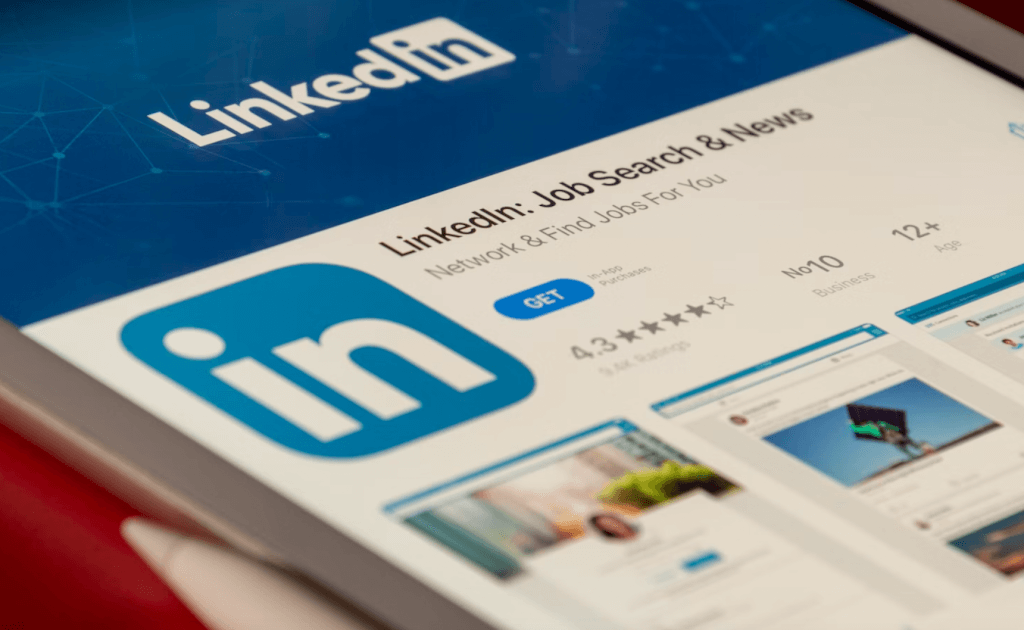Did you know that 70-80 percent of jobs are never advertised? That number should tell you one thing: most job vacancies are filled through networking. LinkedIn is one of the best platforms to start networking with the right people and boost your chances of being found by the right people.
A LinkedIn profile is like a resume that never sleeps. It presents your professional brand to the world. With many recruiters and employers browsing the platform when looking for interns and employees, savvy students know that an optimized LinkedIn profile is a must-have. If you don’t have a LinkedIn profile, you’re simply not visible to prospective employers.
Even without extensive professional experience, you can make your LinkedIn profile shine. Here are some tips to help you get started.
Upload an Appropriate Photo
Many people have LinkedIn profiles that don’t have their headshot, while others spot inappropriate photos. Having a clear headshot on your LinkedIn profile is a simple, yet powerful way to boost its visibility. According to LinkedIn, profiles with a good photos have 14X more views.
Just think about it. Nobody wants to connect with a profile if they can’t see who’s behind it. Some recruiters, hiring managers, and potential connections use profile photos as a first filter. No photo on your profile? Too bad. You’re out even before they read the rest of your profile.
Don’t upload a selfie. The idea is to have a high-quality headshot. You should be alone, professionally dressed, facing forward, and with a neutral facial expression or a smile. Party shots, cartoon avatars, and Snapchat filters are a no-no.
Write a Punchy Headline
After your profile photo, the headline is the second most important detail of your LinkedIn profile. People will use the headline to determine whether you’re worth connecting with.
LinkedIn only gives you 240 characters to write a headline. It’s up to you to ensure that you use your 240-character limit wisely.
Make sure the headline captures who you are and what you’re looking for. For instance, you can write “Marketing student looking for internship”, “Global Health major aspiring to be a leader in the health industry” or “Honors student seeking marketing position.”
While at it, avoid using cliches such as “code ninja” and “SEO guru” or buzzwords such as “strategic” or “passionate” Such words and phrases are overused and don’t add any value to your profile.
The headline, just like a newspaper one, serves as a hook. Once you’ve drawn the right people, they can read more details in the summary and the rest of your profile.
Put Effort into Writing a Great Summary
If someone has made it this far into your profile, they’re interested in connecting with you. Make it worth their while. Think of your LinkedIn profile summary as the first few sentences in a well-written cover letter.
The summary should provide concise information about your experience, qualifications, and goals. To really be effective, the summary should weave a narrative about what makes you unique, your motivation, and where you aspire to be.
Remember that to be found online, you have to incorporate the right keywords. Think about what recruiters and employers in your industry might put in the search bar. Obvious keywords such as “graphic design expert”, “product management” or “data analysis” will increase your visibility to the right people. To get an idea of the right keywords for you, take a look at the profiles of experts in your field.
Show Off Your Experience and Skills
In the “Experience” section of your profile, make sure to list all relevant jobs you’ve held. And yes, that includes volunteer positions–most recruiters consider volunteer experience to be at par with other work experience.
What if you don’t have formal work or volunteer experience? Well, you can add information about the classes you took, the languages you speak, and your certifications. You can even include your GPA if it’s impressive enough. Including your GPA and other test scores can come in handy if you’re thin on actual experience.
Provide details about your responsibilities and achievements in every position you’ve held. This section can be either more or less detailed than your resume.
To make your experiences stand out, consider adding a link to your portfolio, photos, blog posts, videos, or academic essays. As a student or recent graduate, putting more effort to show off your experience and skills will pay off.
Start Connecting Right Away
Even while your LinkedIn profile serves as an online resume, don’t forget that the platform is a professional social network. Just like with other social media platforms, you have to put effort into connecting with people.
Don’t be shy about sending requests to connect with the right people. Your focus should be on quality over quantity. Start by connecting with your classmates, professors, and work colleagues. Over time, you can broaden your connections to include a larger network of people in your field and beyond.
Consider including a personalized message if you send a connection request to someone you don’t know well. Many people automatically reject requests from strangers. You can also request one of your connections for an introduction. As a student or recent graduate, you’ll have to go the extra mile to build your network on LinkedIn.
Putting effort into creating a detailed LinkedIn profile is an investment that you’ll be glad you made. The above tips will help you get started in the right direction.




